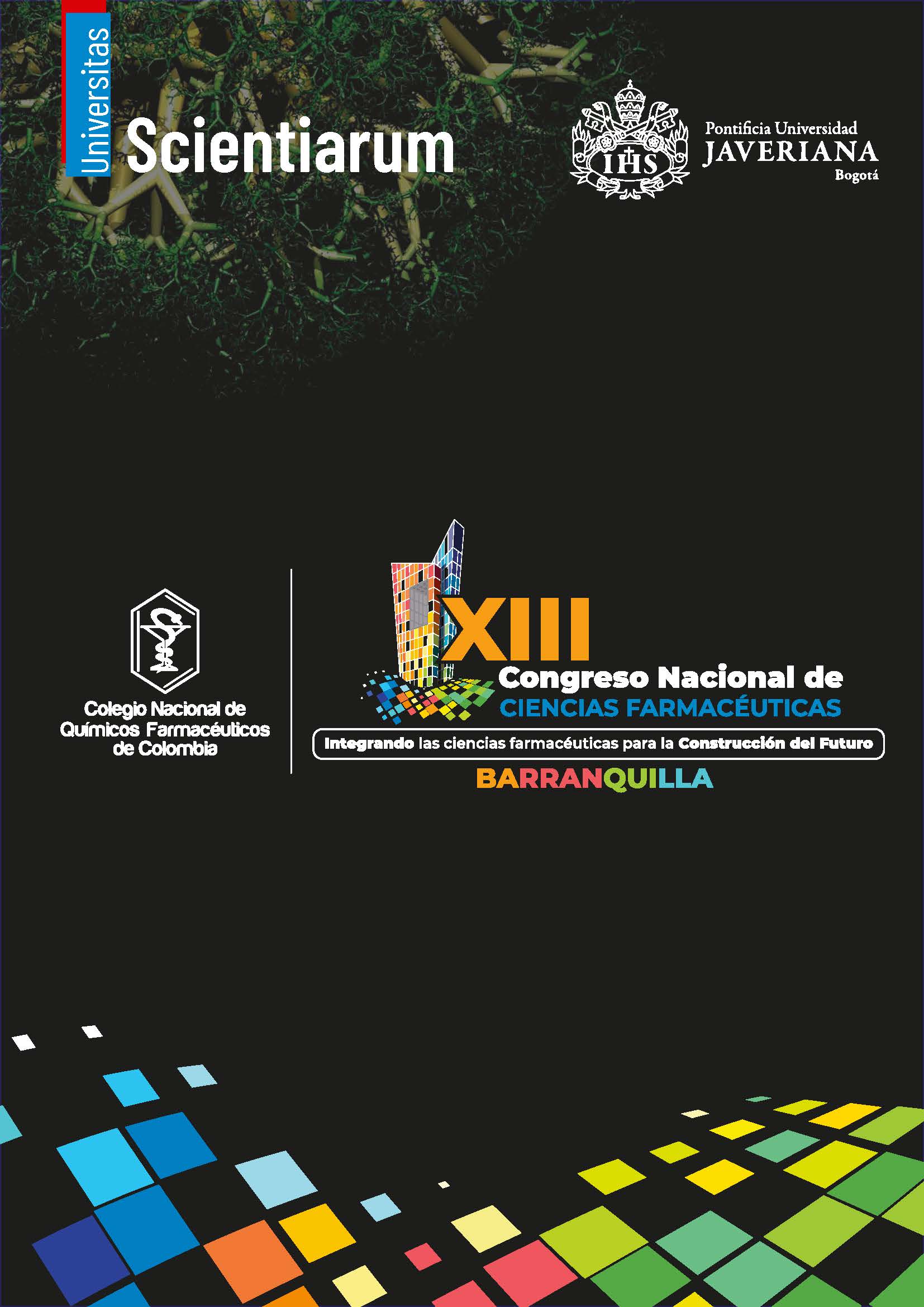Abstract
A multicenter retrospective study was conducted in rheumatoid arthritis (RA) patients treated at Medicarte, a specialized center for immune-mediated diseases. Eligible patients were adults (> 18 years) with RA who switched from innovator adalimumab to a biosimilar between July 2024 and February 2025. Follow-up was carried out through the pharmacovigilance program, responsible for detecting adverse drug reactions (ADRs) and therapeutic failures (TFs). The program ensured dispensing traceability, follow-up dates, and pharmacist interventions. Statistical analysis was performed using R (v 4.4.2). A total of 4 665 patients were followed. After the first switch, patients were distributed as follows: Amgevita (n=2,985; 64.0 %), Humira (n=1,027; 22.0 %), Idacio (n=602; 12.9 %), and Hyrimoz (n=47; 1.0 %). In the second switch, 2 980 patients moved from Amgevita to Idacio (n=1,886), and 1 024 from Humira to Yuflyma (n=386; 8.3 %), resulting in the following distribution: Idacio (n=1,902; 74.6 %), Yuflyma (n=397; 15.6 %), Amgevita (n=179; 7.0 %), Hyrimoz (n=40; 1.6 %), and Humira (n=30; 1.2 %). Subsequently, 156 patients switched again: Idacio (n=85; 54.5 %), Amgevita (n=29; 18.6 %), Humira (n=19; 12.2 %), Yuflyma (n=16; 10.3 %), and Hyrimoz (n=7; 4.5 %). During follow-up, 384 ADRs were reported, with rates per 1 000 patients of 7.6 for Amgevita, 5.3 for Humira, 27.5 for Idacio, 22.9 for Yuflyma, and 34.9 for Hyrimoz. In addition, 157 TFs were identified, with rates of 9.5 for Amgevita, 3.0 for Humira, 4.3 for Idacio, 8.0 for Yuflyma, and 23.3 for Hyrimoz. While evidence exists on switching from innovator to biosimilar, published data on biosimilar-to-biosimilar switching remain scarce. Most patients in this cohort successfully switched from the innovator drug. Adalimumab biosimilars were well tolerated, with 96.7% continuing on the biosimilar at 24 weeks after the switch, 1.1% remaining on the innovator, and 3.3% discontinuing or changing treatment. Medicarte has focused on patient education, ensuring treatment continuity, preventing overstocking, and strengthening pharmacovigilance.

This work is licensed under a Creative Commons Attribution-NonCommercial 4.0 International License.


